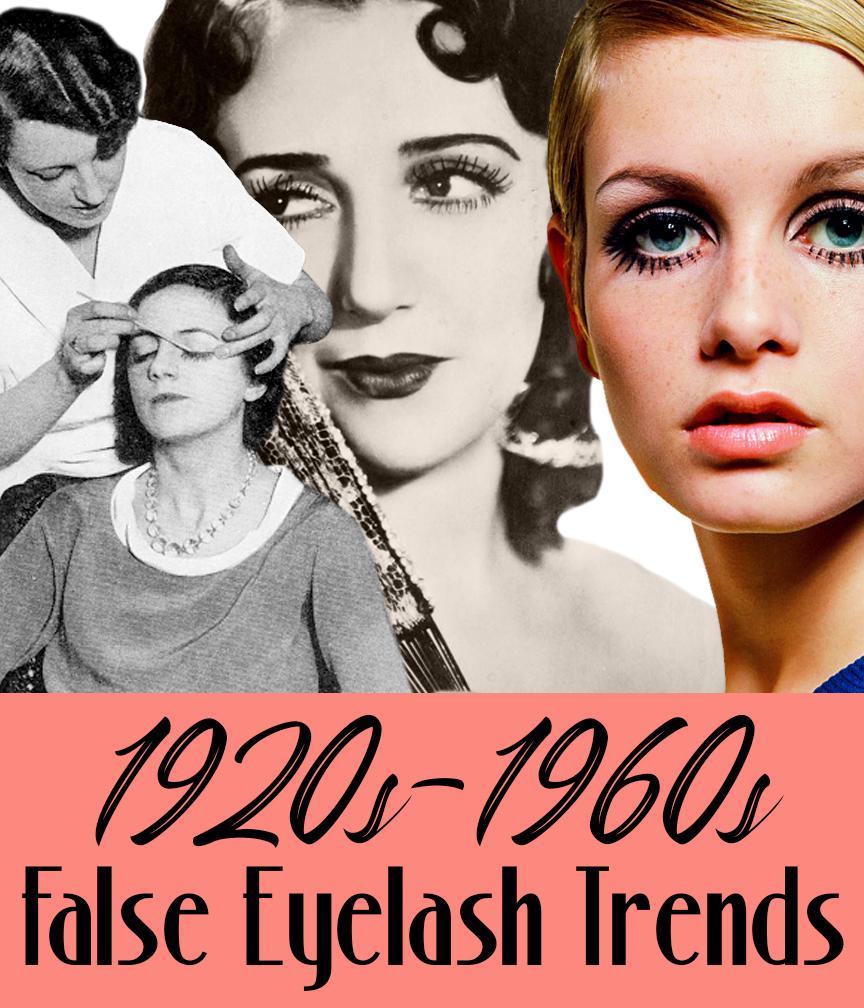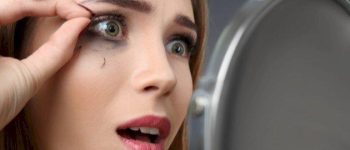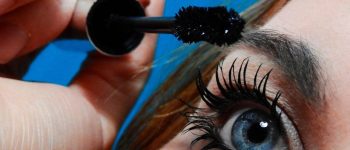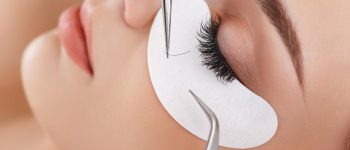Have you noticed the surge in false eyelash usage by women in recent years? What was once reserved for special occasions has now become an everyday beauty routine. Whether it’s using false lash strips, extensions, or growth serums, big and dark lashes are all the rage. Let’s take a trip down memory lane and explore the fascinating history of false eyelashes.
Victorian and Georgian Eras
Believe it or not, women have been experimenting with false lashes since the Victorian Era. In the 1860s and 1870s, hedonistic French demimondaines, known for their indulgent lifestyles, adorned themselves with copious amounts of face makeup, including false lashes. The stories of eyelash transplants through sewing in the 1890s might be too gruesome to delve into, but it’s intriguing to know how inventive people were back then.
In 1903, Charles Nessler, the same genius behind the first perming machine, introduced “Nestolashes.” These artificial strip eyelashes were packaged and sold, marking the official arrival of false eyelashes on the beauty scene.

1920s: The Roaring Beaded Lashes
When it came to makeup inspiration, adventurous girls in the 1920s looked to the silver screen. Despite magazines’ advice to keep makeup subtle, movie stars like Bebe Daniels flaunted long and thick lashes, captivating audiences with their expressive eyes.
One popular, albeit challenging, lash style from this era was beaded eyelashes. The technique involved melting a cosmetic eyelash coating and delicately attaching beaded pieces to the ends of the lashes, often using an orange wood stick.
1930s: A Dash of Eccentricity
It was only a matter of time before makeup artists added their eccentric touch to false eyelashes. Around the late 1920s and early 1930s, platinum and golden lashes took the spotlight at a national convention in New York City, where hairdressers, cosmetologists, and beauty culturists showcased their creativity.
As talking pictures replaced silent films, actresses relied less on expressive eyes in movies. Consequently, the drama surrounding eyelashes subsided by the mid-1930s.
1940s: Modesty Amidst Scarcity
During World War II, makeup manufacturing faced severe resource limitations due to the allocation of industrialized nations’ resources for the war effort. As a result, wearing false lashes was considered extravagant and wasteful. However, once the war was over and manufacturing systems geared towards consumerism, false eyelashes made a comeback. In 1947, Eylure in the UK started selling false eyelashes again.
1950s: The Era of the Doe Eye
The 1950s witnessed the rise of the doe eye, and lashes played a crucial role in achieving this coveted look. Although false eyelashes existed, they hadn’t yet reached the prominence they would attain in the following decade. In the 1950s, women primarily relied on eyeliner and mascara to enhance the thickness of their lash lines.
1960s: A Lash Revolution
The 1960s marked a turning point for false eyelashes. Women went all out, layering two or three pairs of lashes to achieve the thickest lash look possible. Supermodels like Twiggy and young stars like Cher showcased bold lashes in creative shapes, setting the trend for the era.
Makeup companies quickly caught on to this creative wave and manufactured false eyelashes in various shapes, sizes, and colors. Some lashes embraced a two-toned or tweed effect, combining different colors to create a distinctive look.

The Bizarre Look
In the 1960s, makeup artists and trendsetters took false eyelashes to a whole new creative level. Rhinestones, feathers, and flower petals adorned the lash lines, giving birth to avant-garde lash styles that were truly extraordinary.
As we look back at the history of false eyelashes, it’s evident that they have always been an essential part of women’s beauty routines, evolving with the times. Today, with a plethora of options available, we can experiment and embrace our individuality like never before.
To explore more exciting beauty trends and products, visit Ekilove.




